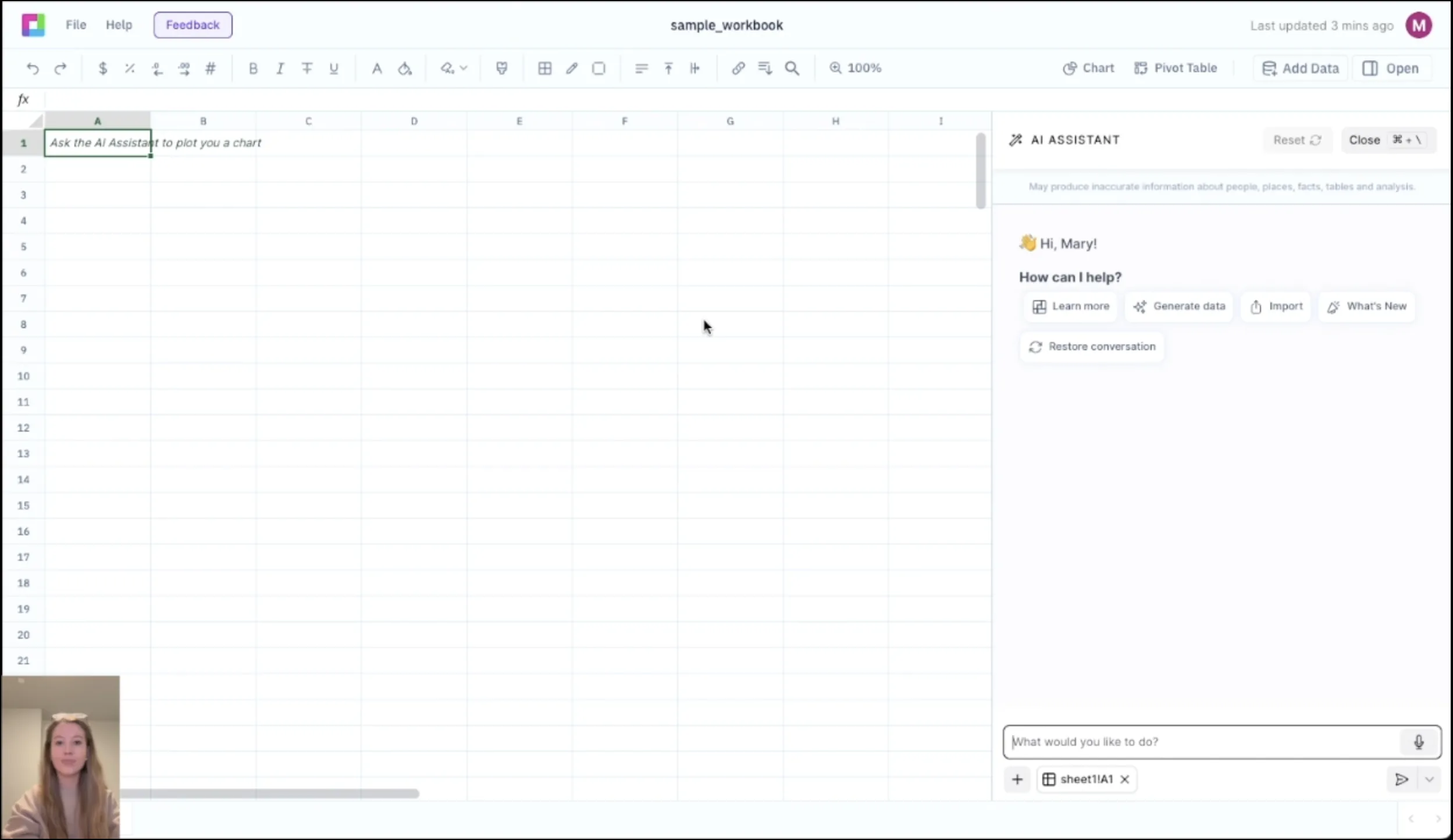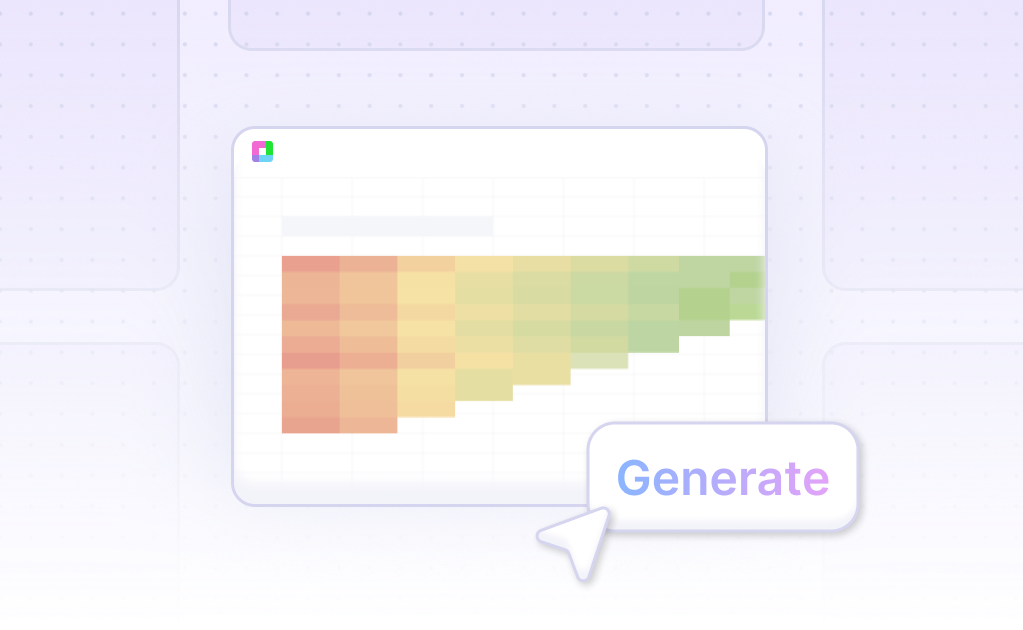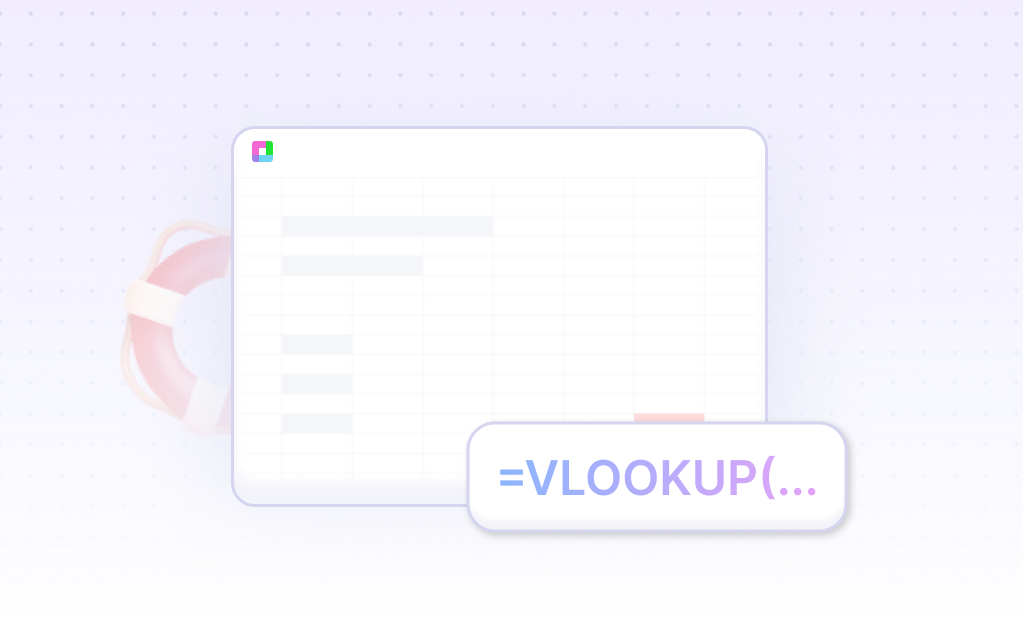
Master Price Target Development with Professional Valuation Methodologies
Price target methodology is fundamental to equity research, providing systematic approaches to determine fair value and investment recommendations. Our Price Target Methodology template provides comprehensive tools to develop price targets, apply multiple valuation methods, and conduct scenario analysis with institutional-quality frameworks.
From valuation methods to scenario analysis, build authoritative price targets. Built for equity research analysts, portfolio managers, and investment professionals, this template helps you develop systematic price targets, apply valuation methodologies, and support investment recommendations.
Comprehensive Valuation Methodology Framework
Multiple Valuation Approaches
Apply multiple valuation methods including DCF analysis, comparable company analysis, precedent transactions, and sum-of-the-parts. Weight different methods based on reliability and applicability.
DCF & Intrinsic Value Models
Build detailed DCF models with cash flow projections, terminal value calculations, and discount rate analysis. Conduct sensitivity analysis on key assumptions and variables.
Relative Valuation Analysis
Develop relative valuation models using trading multiples, peer group analysis, and industry benchmarks. Apply appropriate multiples based on growth, profitability, and risk characteristics.
Target Multiple Determination
Determine target multiples based on historical analysis, peer comparisons, and forward-looking adjustments. Consider growth expectations, margin trends, and market conditions.
Scenario Analysis & Risk Assessment
Bull/Base/Bear Case Analysis
Develop bull, base, and bear case scenarios with different assumptions for growth, margins, and market conditions. Calculate probability-weighted price targets.
Sensitivity & Monte Carlo Analysis
Conduct sensitivity analysis on key variables and Monte Carlo simulations for price target distributions. Analyze value-at-risk and confidence intervals.
Catalyst & Event Analysis
Identify potential catalysts and events that could drive price target achievement. Analyze catalyst timing, probability, and potential impact on valuation.
Risk Factor Assessment
Assess key risk factors and their impact on price targets. Implement risk adjustments and discount factors for identified risks and uncertainties.
Frequently Asked Questions
What valuation methods does it include?
The template includes multiple valuation methods including DCF analysis, comparable company analysis, precedent transactions, and sum-of-the-parts. It weights different methods based on reliability and applicability.
How does it handle scenario analysis?
The template develops bull, base, and bear case scenarios with different assumptions for growth, margins, and market conditions. It calculates probability-weighted price targets and confidence intervals.
Can it determine target multiples?
Yes, the template determines target multiples based on historical analysis, peer comparisons, and forward-looking adjustments. It considers growth expectations, margin trends, and market conditions.
Does it include sensitivity analysis?
The template includes comprehensive sensitivity analysis on key variables and Monte Carlo simulations for price target distributions. It analyzes value-at-risk and confidence intervals.
How does it assess risks and catalysts?
The template identifies potential catalysts and risk factors that could impact price targets. It analyzes catalyst timing, probability, and implements risk adjustments and discount factors.
Related Stock Market Tools
Connect your most-used data sources and tools to Sourcetable for seamless analysis.
Frequently Asked Questions
If you question is not covered here, you can contact our team.
Contact Us





